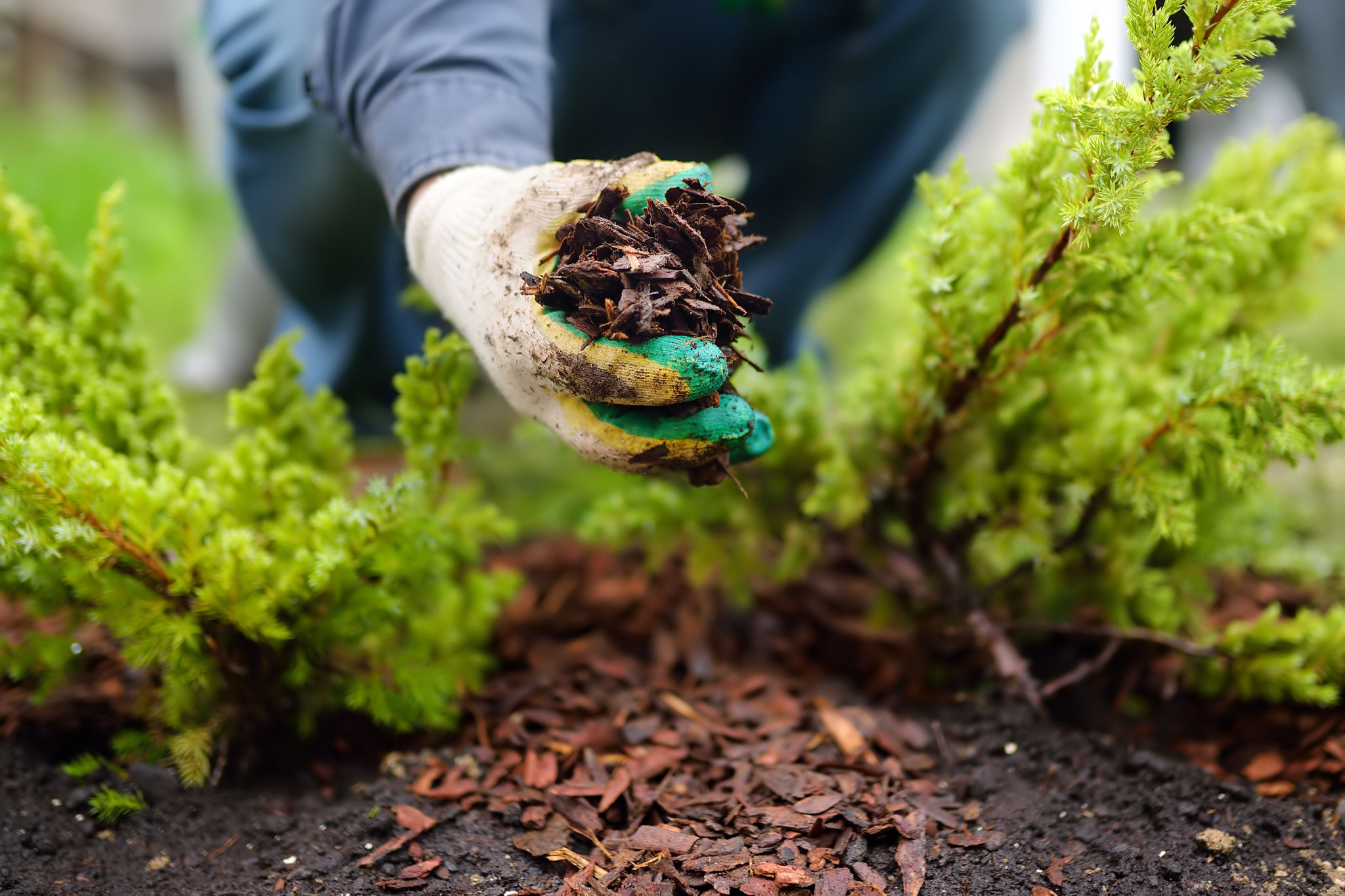Seasonal Landscaping Tips for a Beautiful Oklahoma Garden
Spring: Preparing Your Garden for Growth
As the chill of winter fades, it's time to focus on preparing your Oklahoma garden for the vibrant growth of spring. Begin by clearing away debris, such as fallen leaves and dead plants, to make room for new life. This is also an ideal time to test your soil's pH levels and add amendments like compost or organic fertilizers to ensure a nutrient-rich foundation for your plants.

Consider planting cool-season vegetables, such as spinach and lettuce, early in the season. These crops thrive in cooler temperatures and can provide a fresh harvest before the summer heat sets in. Additionally, spring is the perfect time to start sowing seeds for warm-season flowers like zinnias and marigolds indoors, so they'll be ready for transplanting when the weather warms.
Watering and Mulching Tips
During the spring months, it's crucial to establish a consistent watering schedule. As temperatures fluctuate, monitor your garden's moisture levels closely. A layer of mulch can help retain moisture and regulate soil temperature, reducing the need for frequent watering. Choose organic mulch materials, such as bark or straw, to provide additional nutrients as they decompose.
Summer: Managing Heat and Pests
Oklahoma's summer heat can be intense, requiring gardeners to adapt their care routine. Ensure your plants receive adequate water by watering early in the morning or late in the evening to minimize evaporation. Consider installing a drip irrigation system to deliver water directly to the roots and conserve resources.

With summer also comes an increase in pests. Keep an eye out for common offenders like aphids and caterpillars. Introduce beneficial insects, such as ladybugs and lacewings, to help control pest populations naturally. You can also use organic pest control methods, like neem oil or insecticidal soap, to protect your plants without harming the environment.
Encouraging Blooms and Growth
Deadheading spent flowers can encourage continuous blooms throughout the summer season. Additionally, consider staking taller plants to prevent damage from strong winds or heavy rains. Apply a balanced fertilizer every few weeks to support ongoing growth and flowering.
Fall: Preparing for Dormancy
As autumn arrives, it's time to begin winding down your gardening activities. Start by harvesting any remaining vegetables and cutting back perennials to encourage healthy regrowth in the spring. Fall is also an excellent time to plant bulbs for spring-blooming flowers like tulips and daffodils.

Consider adding a layer of mulch to protect plant roots from freezing temperatures and suppress winter weeds. This added insulation can help maintain soil warmth and moisture during the colder months.
Cleaning and Storing Tools
Before winter sets in, take the opportunity to clean and store your gardening tools properly. Sharpen pruners and shears, clean off any dirt or debris, and apply a light coat of oil to prevent rusting. Proper maintenance ensures your tools will be ready for action when spring arrives once again.